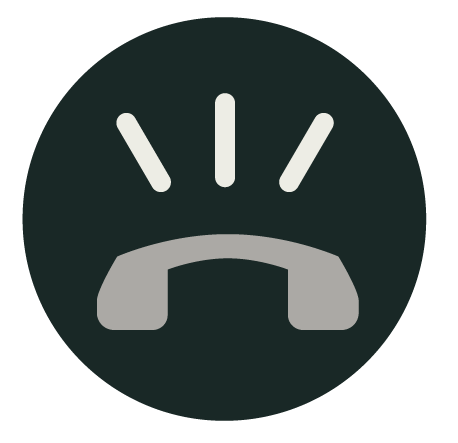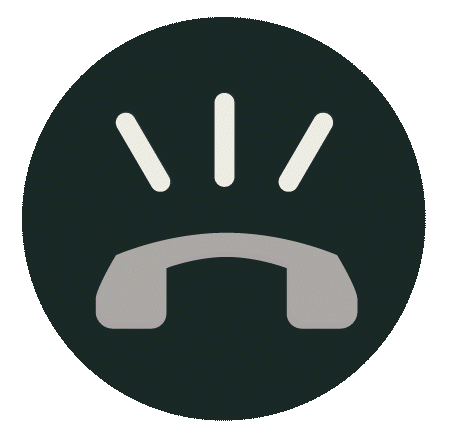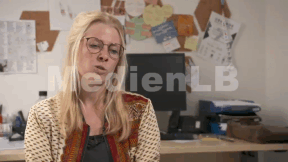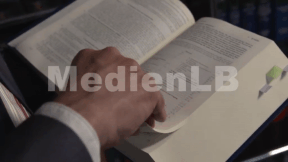 Biology, Primary School
Biology, Primary School
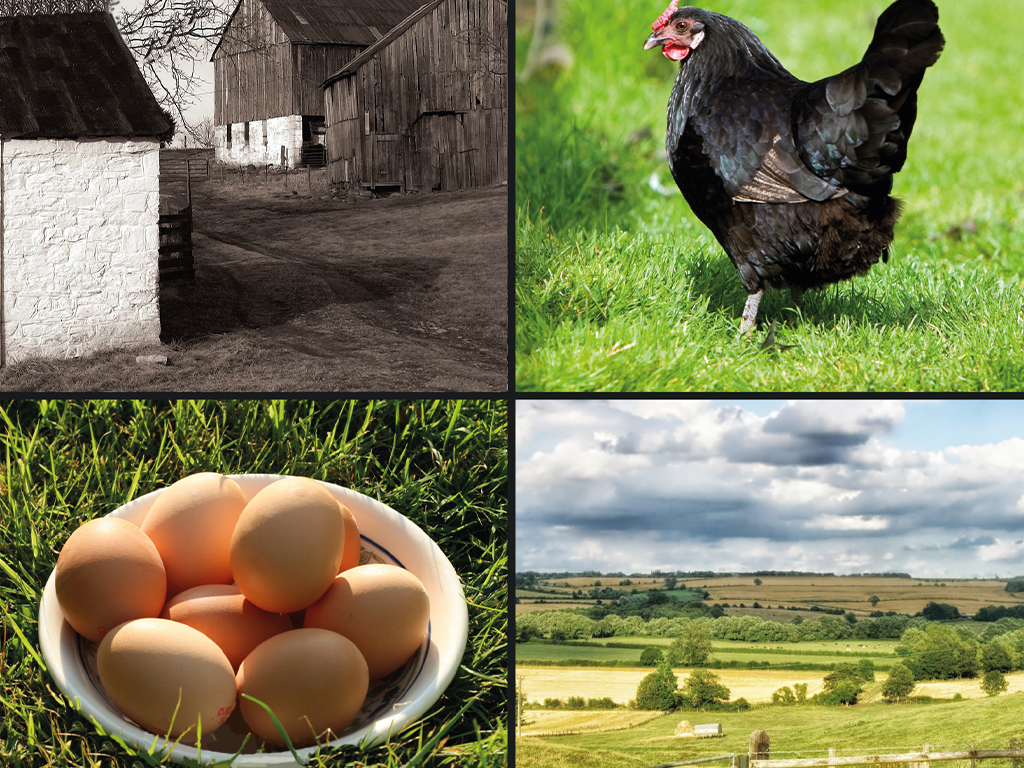

4670850 / 5560956
Huhn und Ei
Haltung und Mythen
Erstaunliche Zahlen im Zeitalter der Vogelgrippe: Über 18 Milliarden Eier werden jährlich in Deutschland verzehrt und über 10 Kilo Geflügelfleisch landen durchschnittlich im Magen eines jeden Bürgers. „Schau Dich schlau!“ widmet sich heute einer der leckersten Erfindungen der Natur: dem Ei und dem Huhn.
Hühner legen entweder als Legehennen Eier oder wachsen als Masthuhn innerhalb von wenigen Monaten zu einem Brathähnchen heran. Legehennen sind extrem effektive und genügsame Eierlegemaschinen. Täglich ein Schnapsglas Wasser und eine Hand voll Körner und schon wird ein Ei produziert. Und das an fast 300 Tagen im Jahr.
„Schau dich schlau!“ zeigt, wie ein Ei entsteht, warum es oval ist und woran man erkennt, wie frisch es ist. Doch wie schaut es aus mit den verschiedenen Haltungsmethoden und Güteklassen? Was bedeuten Boden-, Käfig- oder Freilandhaltung eigentlich? Schmeckt man den Unterschied? „Schau dich schlau!“ macht den Test.
Außerdem wirft das Team um Joey Grit Winkler und Fero Andersen einen Blick auf die aktuelle Forschung. Wissenschaftler prüfen nämlich, ob sich in einem Ei Wirkstoffe züchten lassen, die dem Menschen als Grippeschutz dienen können.
Und schließlich stellt „Schau dich schlau!“ natürlich die Frage aller Fragen: Was war zuerst da? Das Huhn oder das Ei?

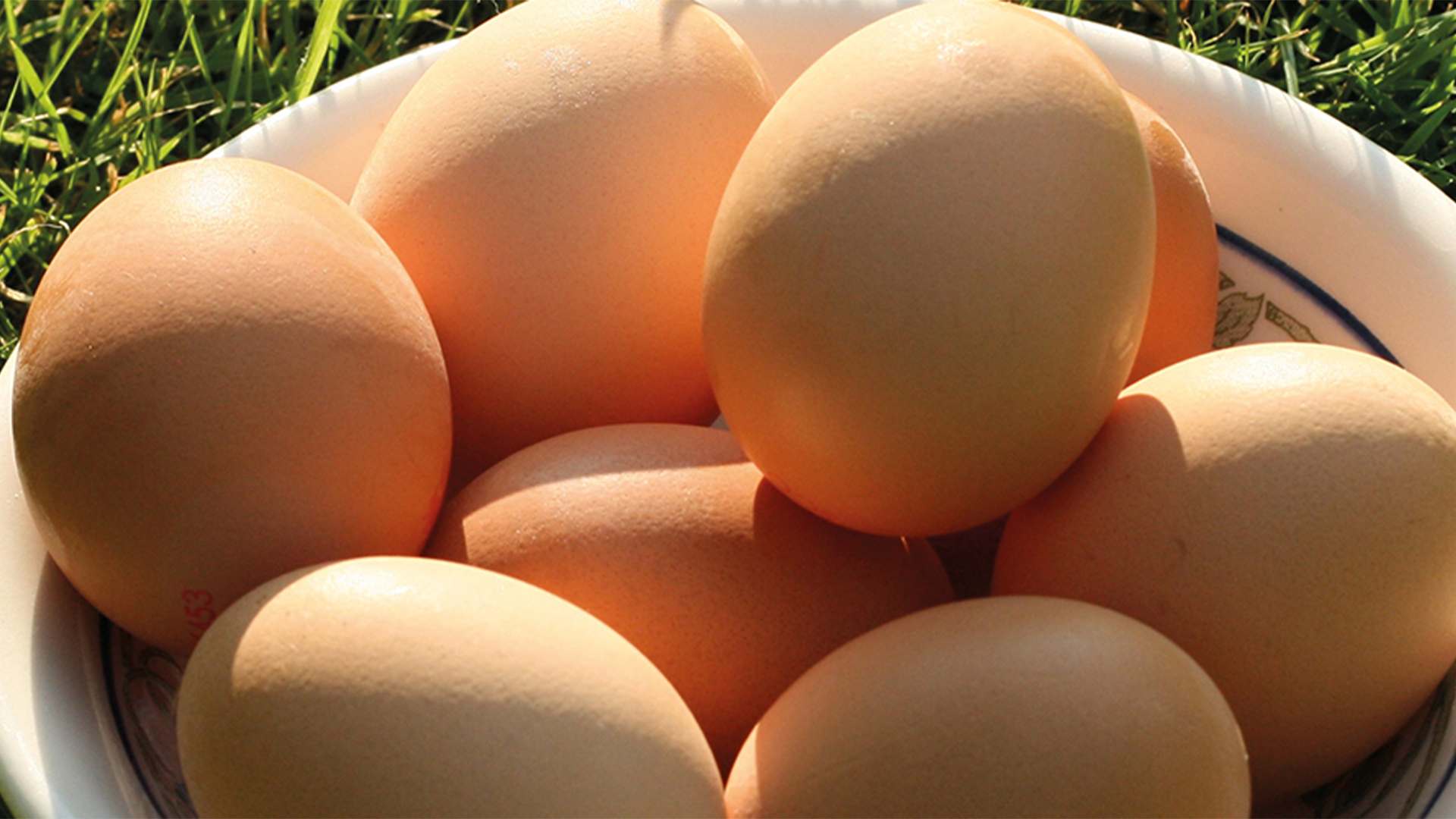
Curriculum-centred and oriented towards educational standards
Matching
Drogen und Computerspiele
Drogen machen sehr schnell abhängig und ziehen in einen Kreislauf aus Konsum, Verlust der sozialen Kontakte und sozialem Abstieg.
Gedenk- und Feiertage
Feiertage gibt es in allen Kulturen. Es sind Festtage mit entweder gesellschaftlichem, religiösem oder politischen Hintergrund. Diese Feiertage finden jährlich an einem festgelegten Tag statt. In Deutschland gibt es Feiertage, an denen flächendeckend nicht gearbeitet wird. Hierbei handelt es sich um gesetzliche Feiertage. Bei anderen Feiertagen, meist mit religiösem Hintergrund, entscheiden die Bundesländer individuell, ob es sich um einen tatsächlich arbeitsfreien Tag handelt. Im Film beschrieben werden nicht nur Feiertage in Deutschland, sondern auch z.B. islamische Feiertage, oder der Christopher Street Day als politisches Statement.
